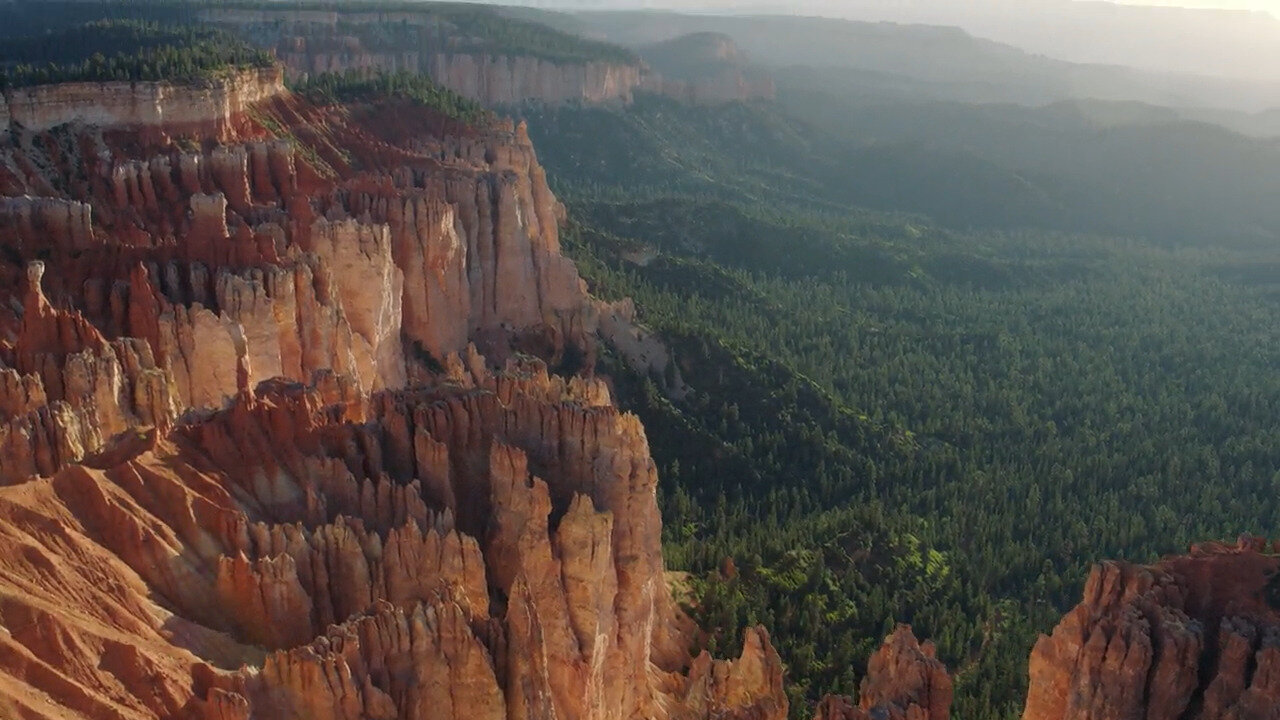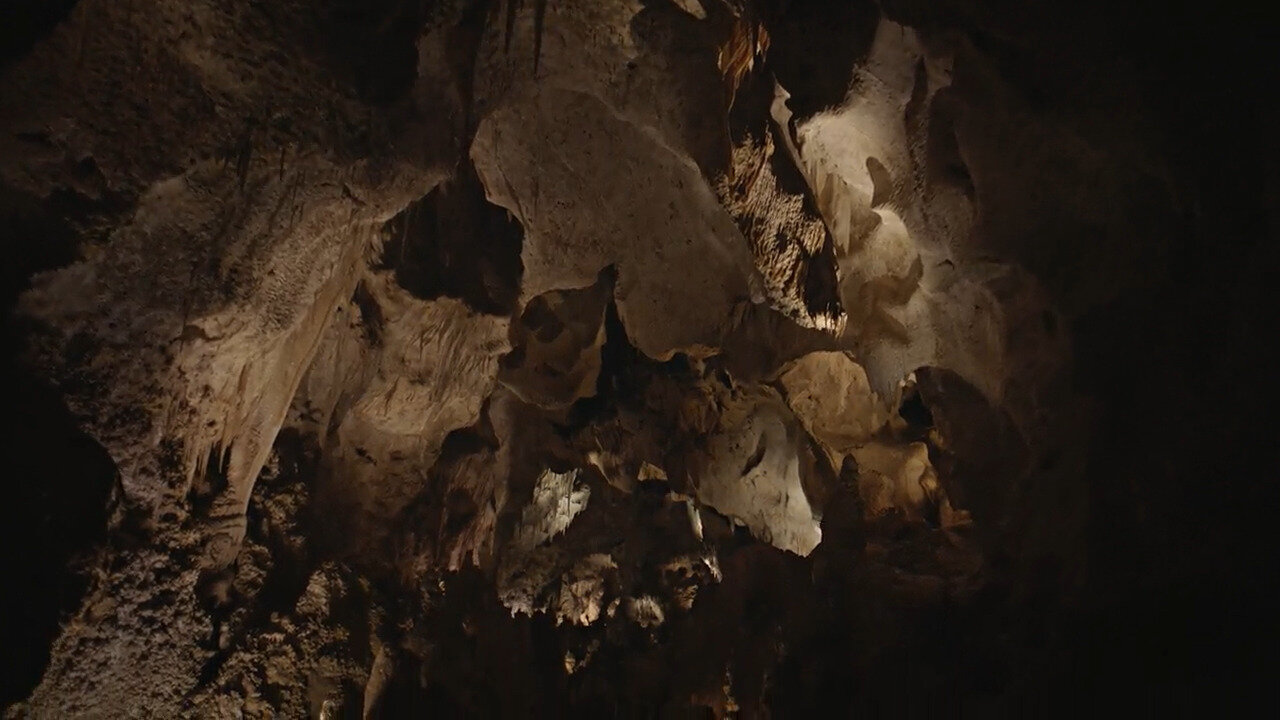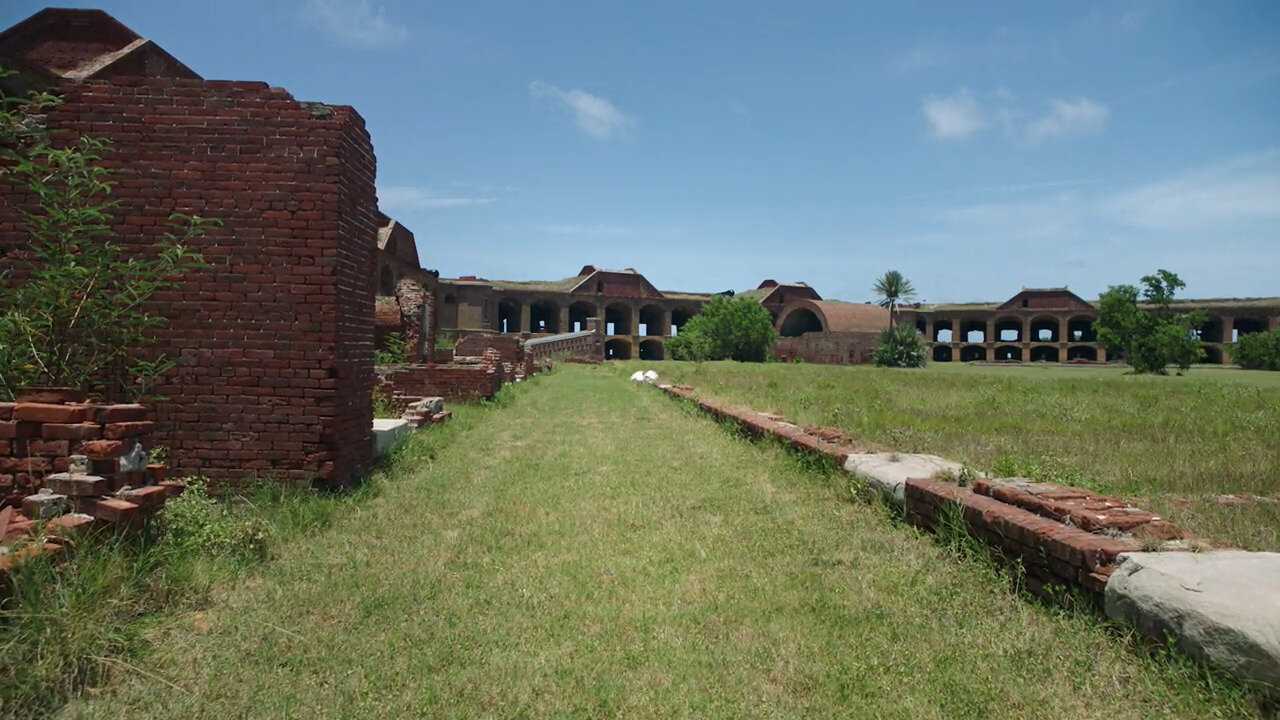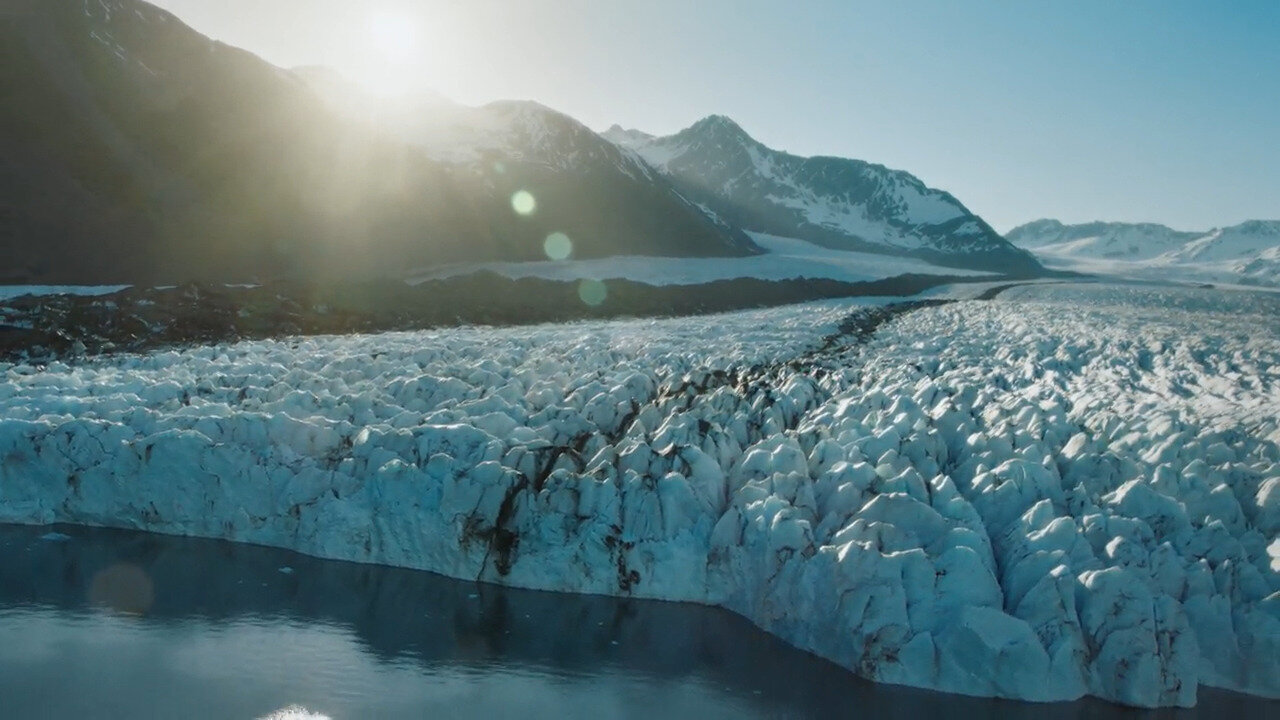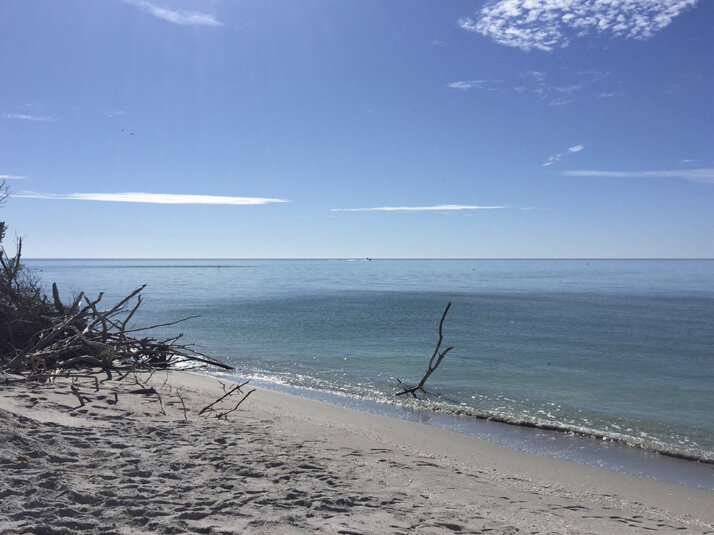Nature Near You is our offering to the community, If you would like to support our efforts, any donation is welcome. Please click the button below to contribute.
Biodiversity is the measure of the diversity of living species in a specific habitat or ecosystem. It includes plants, animals, fungi, and bacteria!
Biodiversity boosts ecosystem health. The more diverse it is, the more equipped it is to adapt to change.
Your backyard is it's own habitat waiting to be discovered! Even if it may not seem likely, take a closer look, and it's teeming with life.
Introduction to Biodiversity
By: Alex Cook
What is biodiversity?
All ecosystems are made up of biotic and aboitic (living and not living) parts. Biodiversity is the variety of living things in a specific habitat or ecosystem. It includes species diversity, genetic diversity, and ecosystem diversity.
Why does biodiversity matter?
• The more diverse an ecosystem is, the better equipped it is to deal with change. If a species dies out, or a new one moves in, a diverse ecosystem will be able to maintain balance.
• If biodiversity is low, ecosystems are less likely to bounce back from catastrophic changes, such as natural disturbance or species extinction
• Genetic diversity is the variation of genetic makeup in a species population. Genetically diverse populations are more likely to survive and adapt to changing environments.
• Ecosystem diversity is the measure of different communities in a specific ecosystem. For example, Sanibel Island has high ecosystem diversity, with five types of communities: mangroves, beaches, oceans, wetlands, and hammocks.
Key Terms
• Keystone species: a species that plays an important role in an ecosystem; without them the ecosystem would change drastically
• Niche: an ecological role; each species fills a role in their respective ecosystems
• Species richness: the number of different species in an ecological system
Spatial Dispersion
Spatial diversity relates to how species are arranged in an ecosystem. Species can have clumped (1), random (2), or uniform (3) dispersion.
Backyard BioBlitz with Sanibel Sea School
By: Shannon Stainken
It’s important to do a little background research first to become familiar with common plants or animals that could be dangerous to touch. The best rule of thumb is that if you’re unsure, don’t touch it!
Step 1: Determine a study site and create a map!
Step 1: Determine a study site and create a map!
Before starting a BioBlitz, it’s important to decide where to search. A study site can be small or large - you decide! The beauty behind a BioBlitz is that it can be done anywhere: a backyard, a nature trail, around an apartment complex, or even at the beach!
Once you’ve decided where to survey, hop on Google Maps and find your location! Zoom in and print out a map.
Step 2: Gather Supplies.
Essential items:
• Map (printed out in Step 1)
• Notebook
• Pencil
• Camera (a phone camera will work perfectly)
• Field Guides
Apps: iNaturalist, Audubon Bird Guide or Merlin Bird ID, Picture This - Plant Identifier, Picture Insect - Insect ID Pro
Websites: iNaturalist Guides, your state’s Department of Natural Resources or Fish and Wildlife Department (Florida Fish and Wildlife)
Ask us! Sanibel Sea School is here to help. You can always reach us at info@sanibelseaschool.org for assistance with identification.
Other items that are useful, but not required:
• Binoculars
• Magnifying glasses
• Gloves
• Small shovels
• Butterfly nets
Step 3: Make a plan.
Decide how you will search. Are you BioBlitz’n alone or with others? If so, will you divide up into teams? Will you split up your study site into sections? How long will you look? These are all important things to consider and discuss before heading out.
Step 4: Get Blitz’n!
Now that you’re prepared, go out and start your BioBlitz. Search your study site for as many plants, animals, insects, and fungi as you can find! Record all species found in a notebook. If you’re having trouble identifying something, take a picture of it for later.
As you move through the study site, mark off on your map where you found each specimen.
Remember, search slow, high, and low! There are creatures big and small, in the sky, in the grass, and underground - try to be as thorough as possible!
Step 5: Return home, gather data, and identify.
After you’ve completed your survey, return home and review the pictures of specimens you were not able to identify in the field. Investigate further!
After identifying all species, compile your data. Total up the number of plant, animal, and fungi species found! Add them all together for a grand total.
Create a catalogue of all the species in your study area.
Step 6: Submit your data!
Send us pictures, videos, and the results of your BioBlitz! We want to see how you did. Submit your findings to us at info@sanibelseaschool.org
There are many other Community Science projects that you can contribute to:
• eBird
• eButterfly
• iNaturalist
Step 7: Discuss your results.
Here are some key questions to answer together:
• Were you surprised at the amount of species you found?
• Do you think you would see different creatures if you did your BioBlitz at a different time? What about at night? A different season?
• What effects might our everyday lives be having on these creatures?
• How are some of these plants and animals connected to each other? What might happen if one disappeared?
• Are all the species you found native to your area?
Watch the video below to see Sam and Shannon BioBlitz and learn some tips and tricks!
Additional Cool Resources

